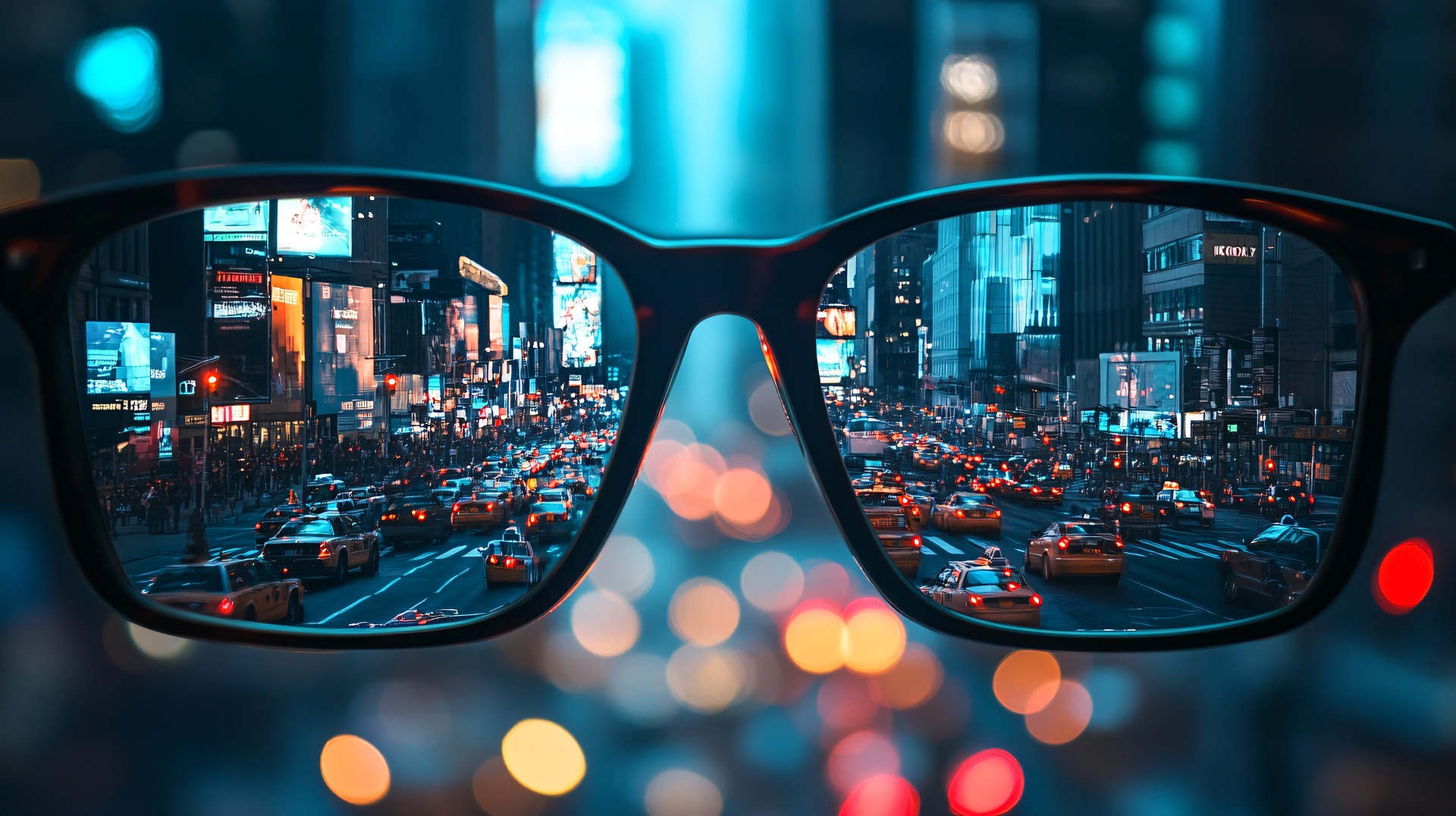- Fast learners have distinct brain activity, particularly in the visual cortex, which aids in rapid motor skill acquisition
- Visual processing is crucial for learning new motor abilities, highlighting the link between vision and movement
- Quick learners adjust faster to new motor tasks due to better visual and muscular movement processing
You sign up for a swing dancing lesson, and you are completely lost at first. But, slowly, eyes fixed on the teacher, you pick up a step or two and begin to feel the rhythm of the big band beat- a good beginning. Then you look over and notice that the couple next to you has taken twice as many steps in half the time.
Why does this happen?
Advertisement
How Humans Learn New Motor Abilities
According to a new study conducted by University of Florida biomechanics experts, the rapid, athletic learners among us are truly constructed differently – within their brains (1).
That’s what UF Professor of Biomedical Engineering Daniel Ferris, Ph.D., and his former doctoral student Noelle Jacobsen, Ph.D., discovered while researching how humans learn new motor abilities. They connected dozens of healthy participants to brain-monitoring electrodes and had them walk on a treadmill with two belts rotating at varying speeds. The treadmill forced users to acquire a new way of walking quickly.
Advertisement
Visual Cortex is Different in Slow and Quick Learners
“Noelle was able to analyze the brain activity of the best learners versus the slow learners and, lo and behold, some of the areas that were important were very clear in their brains,” she added. “The most surprising finding for us was that the visual cortex had a significant role in the differences between slow and quick learners. That shows that visual information is important to learning to move your body.
This is not the first time visual information has been shown to help people learn new abilities. Ferris’ study has also demonstrated that short-stopping eyesight helps accelerate learning to walk on a balancing beam.
Advertisement
Better Visual Processing Contributes to Faster Understanding
In addition to pointing out how some of us learn dancing steps faster, the relevance of visual processing may contribute to a better understanding of the well-known link between vision impairments and fall risks in older persons. In addition to making it more difficult to detect trip risks, “if you’re having trouble with vision, you may have problems learning new motor skills,” Ferris explained.
Quick learners needed only a minute to adjust and acquire a comfortable walking cadence on the treadmill, whereas the slower group took four times as long on average. In addition to employing visual processing parts of their brains, fast learners had strong activity in regions involved in muscular movement processing and planning, as predicted by the scientists. An error-correction region of their brains, known as the anterior cingulate cortex, was also active in response to the odd gait.
References:
- Exploring Electrocortical Signatures of Gait Adaptation: Differential Neural Dynamics in Slow and Fast Gait Adapters
(DOI 10.1523/ENEURO.0515-23.2024 )
Source-Medindia



